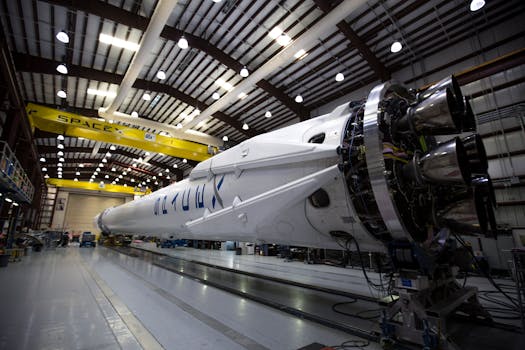Exploring the History of Satellite Development and Key Milestones
The history of satellite development is a rich and fascinating story that spans several decades. From the launch of the first artificial satellite, Sputnik, to the current era of advanced satellite technology, we explore the key milestones and innovations that have shaped the industry.

Exploring the History of Satellite Development and Key Milestones
Exploring the history of satellite development and key milestones is a fascinating journey that takes us through the early days of space exploration to the current era of advanced satellite technology. The first artificial satellite, Sputnik, was launched by the Soviet Union in 1957, marking the beginning of a new era in space exploration. Since then, satellites have become an integral part of our daily lives, playing a crucial role in navigation, communication, weather forecasting, and scientific research.
The early years of satellite development were marked by intense competition between the United States and the Soviet Union, with both countries vying for dominance in space. The launch of Sputnik was followed by the launch of the first American satellite, Explorer 1, in 1958. The success of these early satellites paved the way for the development of more advanced satellite technology, including the launch of the first commercial satellite, Intelsat 1, in 1965.
The Golden Age of Satellite Development
The 1960s and 1970s are often referred to as the golden age of satellite development. During this period, satellites became increasingly sophisticated, with the development of new technologies such as transponders, antennas, and propulsion systems. The launch of the first geostationary satellite, Syncom 2, in 1963 marked a significant milestone in satellite development, enabling satellites to remain in a fixed position relative to the Earth’s surface.
The 1970s saw the launch of the first satellite navigation system, the Global Positioning System (GPS), which was developed by the United States Department of Defense. The GPS system uses a network of satellites orbiting the Earth to provide location information to GPS receivers on the ground. The development of GPS revolutionized navigation, enabling accurate location determination and timing.
Modern Satellite Technology
Today, satellite technology is more advanced than ever, with the development of new technologies such as high-throughput satellites (HTS), satellite constellations, and advanced propulsion systems. HTS satellites are designed to provide high-speed internet connectivity, with throughputs of up to 1 Gbps. Satellite constellations, such as those developed by SpaceX and OneWeb, aim to provide global internet coverage, with thousands of satellites orbiting the Earth.
The development of advanced propulsion systems has also enabled satellites to be launched into orbit more efficiently, reducing the cost and increasing the payload capacity. The use of electric propulsion systems, such as ion thrusters, has become increasingly popular, offering higher efficiency and longer mission durations.
Conclusion
In conclusion, the history of satellite development is a rich and fascinating story that spans several decades. From the launch of the first artificial satellite, Sputnik, to the current era of advanced satellite technology, we have seen significant innovations and milestones that have shaped the industry. As satellite technology continues to evolve, we can expect to see new developments and applications that will further transform our world.


